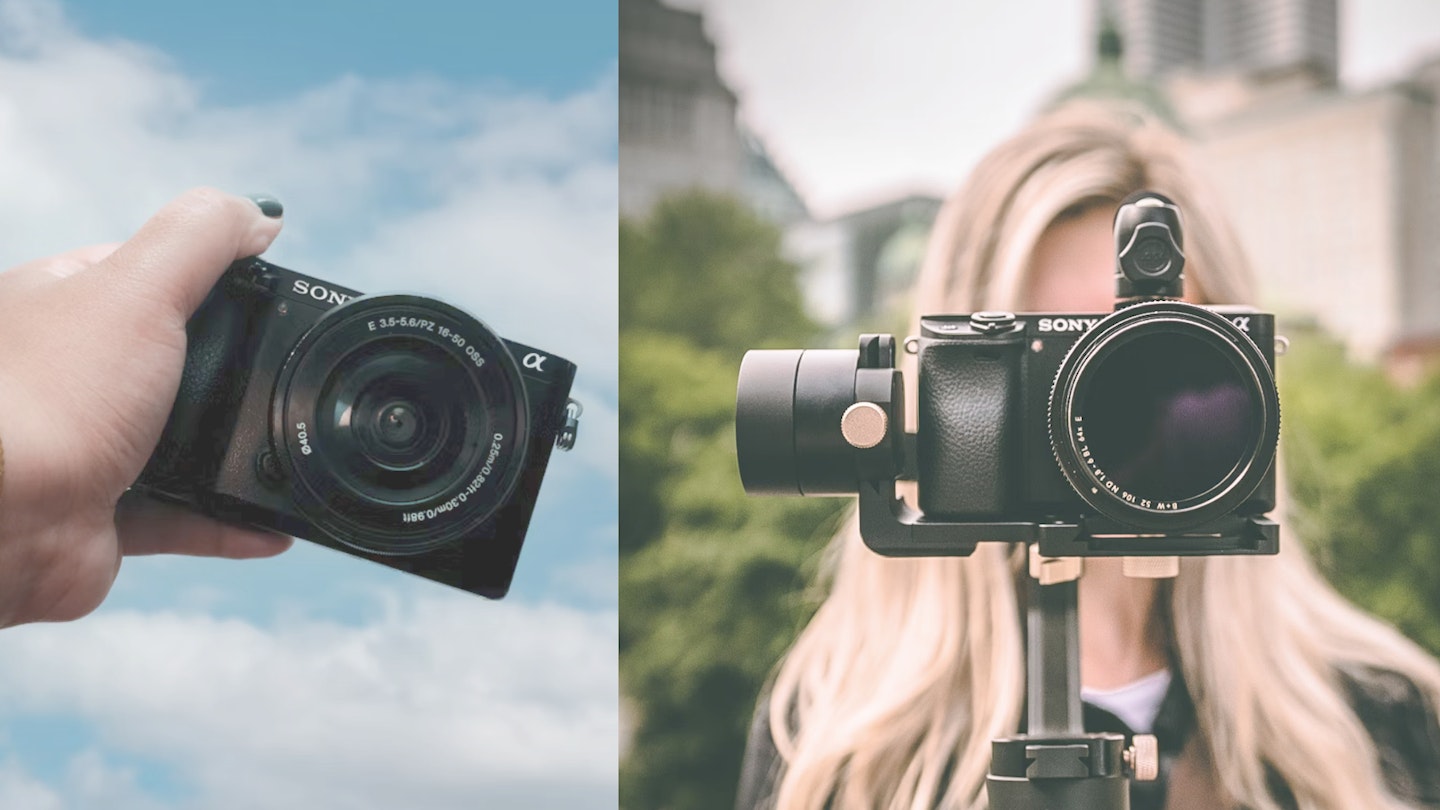Sony’s APS-C line-up has a lot on offer anyone looking for a great camera. While the α6400 takes care of the mid-range – and with great success, as our review attests – and the α6600 have the CSC range a new flagship, the α6100 is aiming for the entry-level market. So, lets take a look at what £700 get you for your money, and whether Sony can still bring innovation on a budget.
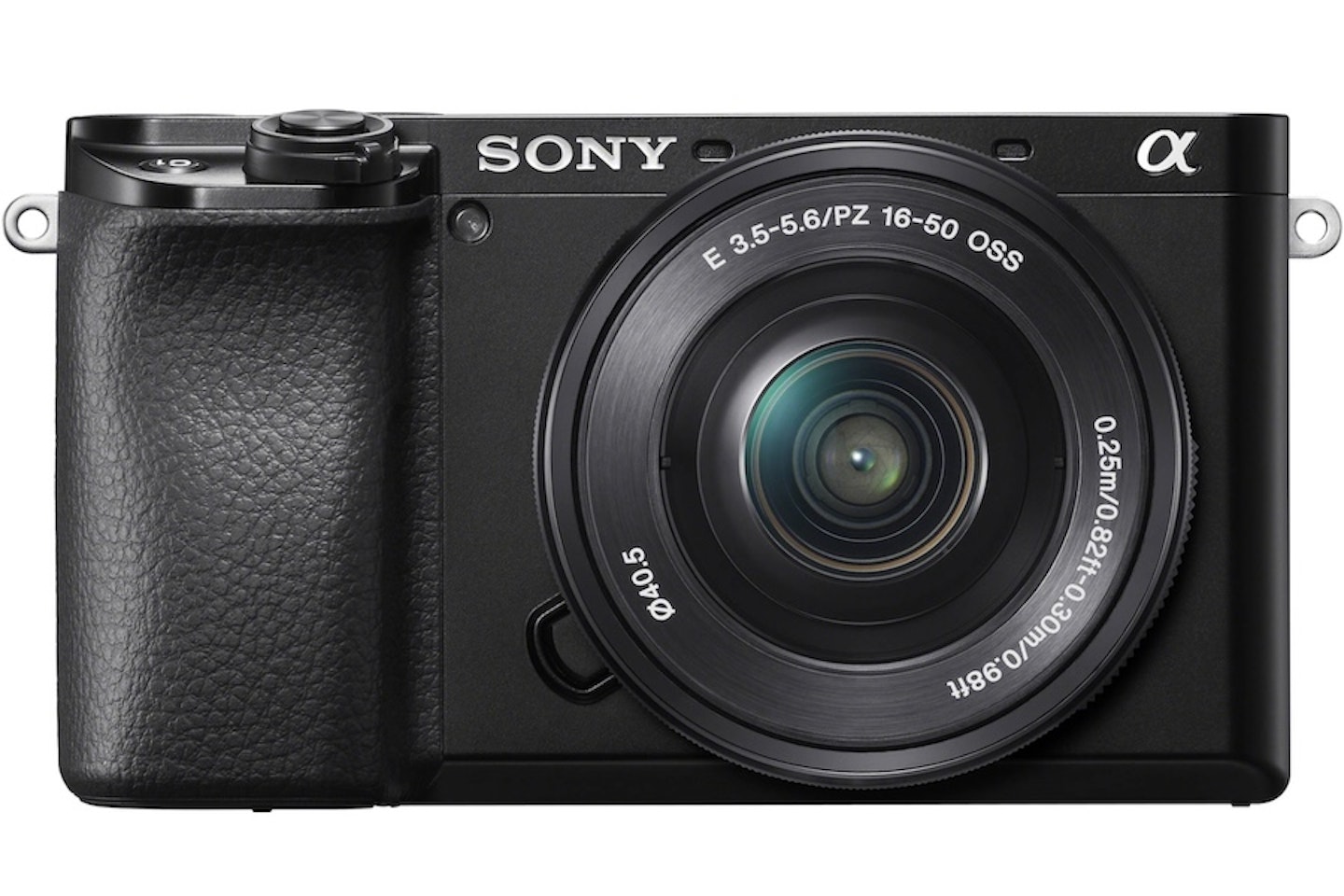 Sony
SonyPros
- Outstanding AF system
- Light and compact
- Image quality on par with competition
- Good low-light performance
- Flexible files
Cons
- Rolling shutter in 4K
- Low-resolution EVF and LCD
- Flip-up screen blocks hotshoe
| Effective resolution | 24.2MP |
| Processor | Bionz X |
| LCD | 3in 921k-dot 180° flip-up LCD touchscreen |
| Shutter | Bulb, 1/4000sec- 30sec |
| Autofocus | 425-point<br>hybrid phase/contrast detect |
| ISO | 100-32,000<br>(expands to 51,200) |
| Shooting speed and video | 11fps for 33 RAWs or 76 JPEGs. 4K at 30fps, Full HD at 120fps. |
| Other features | Real-time tracking AF, Eye AF, Animal Eye AF, Interval timer, Zebra lines, Focus peaking, 1:1 square aspect ratio. Battery life: 420 shots. |
| Card type | SD, SDHC, SDXC |
| Size and weight | 120x67x59mm, 396g |
Main features
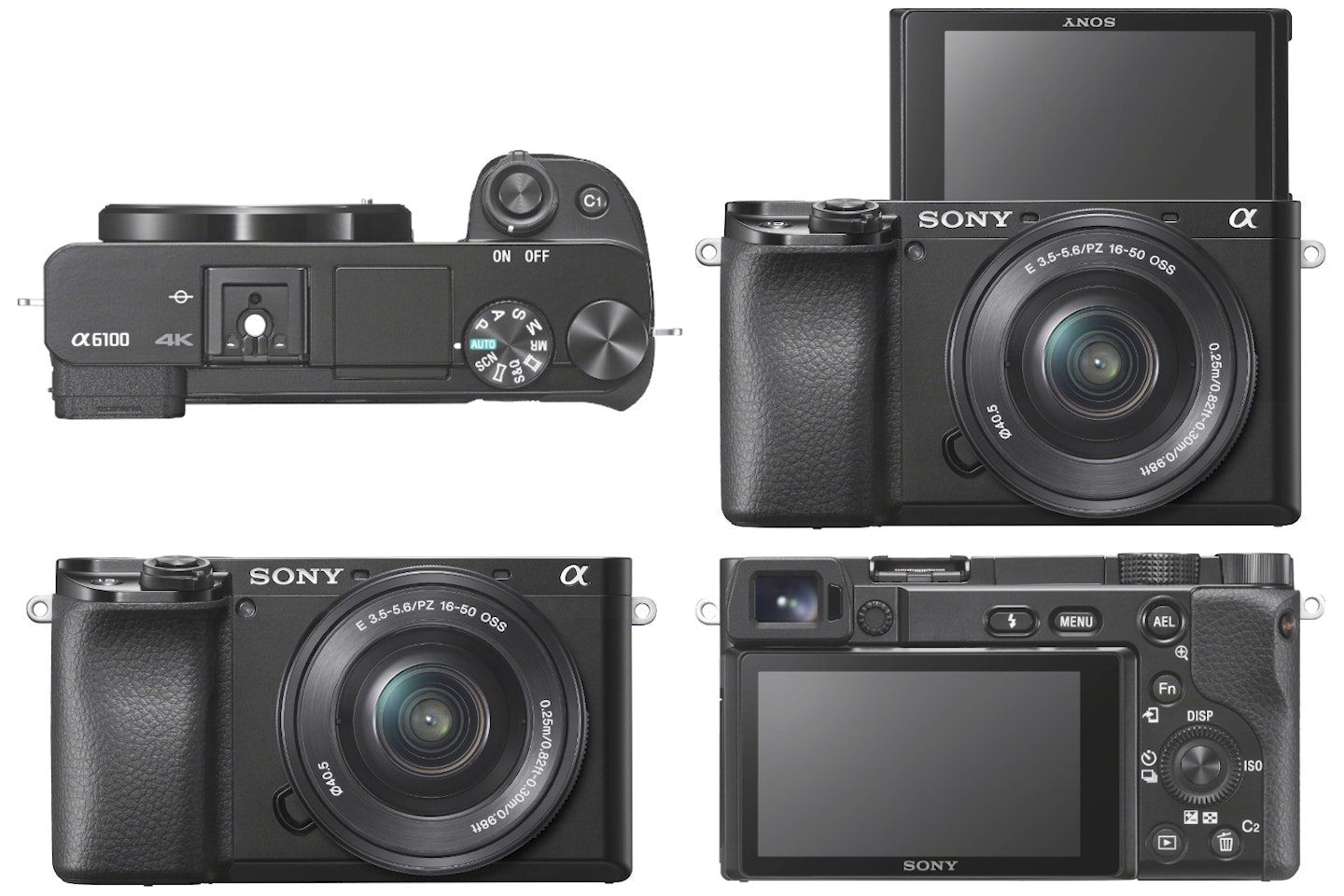
Rocking Sony’s acclaimed 24.2MP APS-C sensor, the α6100 can rattle off a nippy 11fps continuous shooting speed, offers a 100-32,000 native ISO range and a host of movie features – which is good news for anyone wanting a new vlogging camera. The 425-point hybrid AF system gives you access to Sony’s real-time tracking and Face and Eye AF for animals, which also makes the cut here.
A three-inch 921k-dot 180-degree flip-up LCD aims to entice vloggers and smartphone users with a penchant for self-portraits and is great for low-level compositions. You also have access to a 1cm 1440k-dot EVF for eye-level framing.
Twenty-four: Sony packs in its beloved 24.2MP APS-C sensor that’s well known for brilliant results. It backs this up with the Bionz X processor, 4K video and meaty 100-32,000 ISO range.
Focus on that: Sony’s outstanding autofocus has made the transition, with a 425-point hybrid phase detect system and real-time tracking with both Eye and Animal Eye AF.
Hey there, Slim: Looking to appeal to the shooter on the go, this compact body manages to tip the scales at a very reasonable 396g – ideal for your jacket pocket on those photographic days out when you want high-quality shots.
Burning feet: Rocking the hotshoe, the α6100 is at home with mounted external microphones or flashguns, depending on your choice of shooting stills or video.
Take a look in the mirror: Courting those who like to be in the picture, the 921k-dot touchscreen flips up 180-degree to become front facing. This does mean the hotshoe becomes obstructed, though it’s ideal for vlogs and selfies.
D-Ream: The rear D-pad offers four shortcuts, a scroll wheel and central OK button. It can be customised to keep your most used settings at your fingertips, as well as navigate the menu settings.
Look for the birdie: Following in the footsteps of other entry-level cameras, the α6100 comes with a nifty pop-up flash – perfect for shooting in darker conditions.
Handling and build
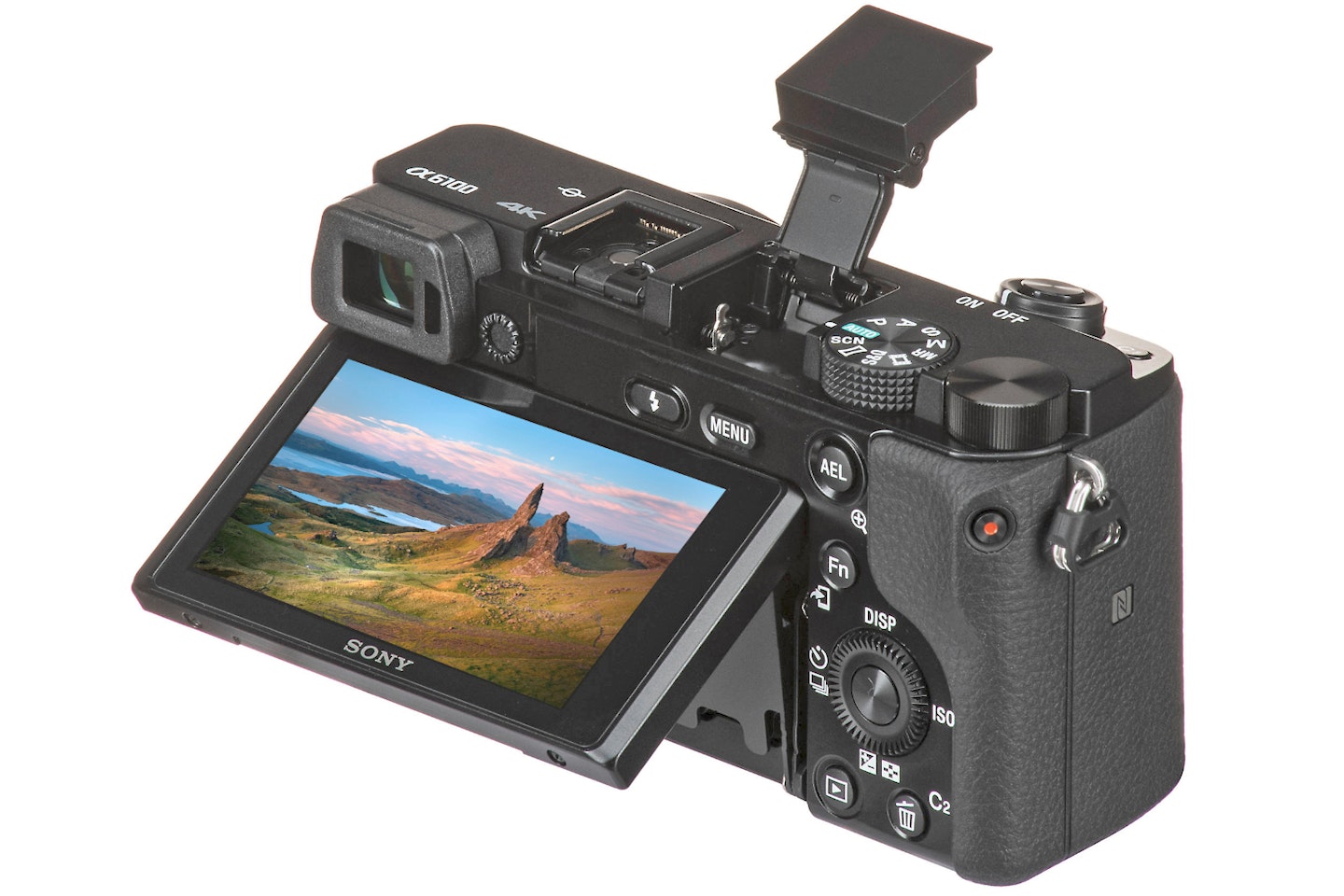
If you’ve used any of the APS-C Alphas, you’ll be glad of the sense of familiarity on offer. In fact, the α6100 is pretty much identical to the α6400 and α6000, both of which remain on sale.
To keep costs and weight down, it omits the metallic magnesium alloy chassis and weather sealing. This leaves it feeling a bit on the plasticky side, though it’s still pleasingly compact in hand. It does offer a surprisingly deep grip for maximum security, as well as two rear scroll wheels, the latter of which acts as a D-pad and can be customised to suit your shooting style.
For those who demand a 180-degree touchscreen, the α6100 features a version that flips up as well as tilting down to almost 90-degree. This puts it firmly in vlogging/selfies territory, as well as aiding with low-level framing options.
Performance
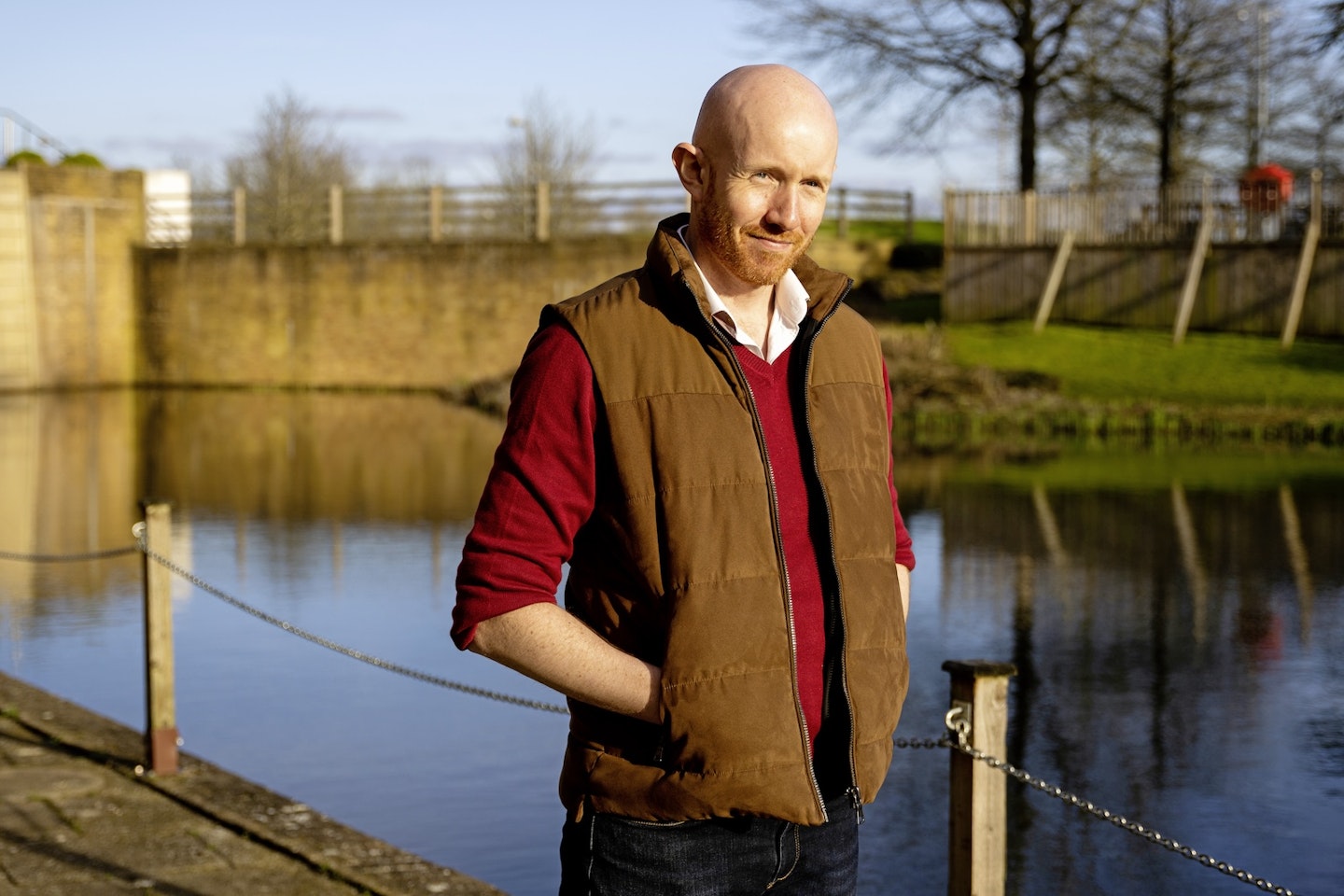
Sony APS-Cs are traditionally packed with tech and very capable in the performance stakes. Happily, the α6100 sports a decent amount of features and offers great image quality with the 24.2MP chip. There are 425 points of phase detection AF, alongside an extra 425 points of contrast detection. You’ll also find the latest and greatest updates to
the computational algorithm. This includes the company’s excellent Eye AF and real-rime tracking. It also includes the promising real-time Animal Eye AF – perfect for your pets.
This impressive sounding setup translates to equally impressive results. The low-light performance does a grand job in dimly lit interiors, even when focusing with a seeming lack of any discernible contrast. It’s very quick too, with Sony saying it manages a lightning 0.02sec acquisition speed. We found the real-time tracking at this price is probably the best that we’ve tested. It’s the classic case of trickle-down tech and it’s a great boon for anybody looking for a cheap camera that can deliver on action. This is bolstered further by the 11fps continuous shooting with full autofocus and exposure.
In terms of Eye AF, it’s a similar story, especially for the price point. This is an area where Sony is known as the best in the business. It will seamlessly switch between face and eye and real-time tracking AF, so your chance of getting subjects in focus is greatly increased. There is animal Eye AF, and it does a great job – we managed a cat, dog and a cow – granted, not the fastest creatures on the planet, but still the tracking was brilliant. Whether you get the same results from your pet iguana is another story.
We have mentioned the 11fps continuous burst speed, and it’s more than enough to capture the action. It’s not quite black-out free like more expensive Sony options, however the refresh is very quick and keeping up with moving subjects at sensible speed is more than doable.
The flip-up screen is a nice addition at this price – in theory. The big problem is that it doesn’t clear the eye cup, which obscures the bottom right corner and ISO readout. It also means you will struggle to mount anything to the hotshoe while you’re using it, so external mic users will need to mount a rig. That said, it’s not quite flush, so small lights may still be plausible. Another gripe is the low resolution of 921k dots. This is mirrored by a rather lacklustre 1440k-dot EVF, both of which are far from class leading. That said, they are more than usable for framing up and clearly help to keep the price down.
As we’ve come to expect from Sony, the menus are a bit more complex than the competition, and you still can’t navigate them with the touchscreen. Instead you have to rely on the rear D-pad/scroll wheel. This works well enough and is just another function that the control wheel is able to perform. As well as giving you a D-pad with four handy customisable shortcuts, it also controls the shutter speed or aperture (depending on your setup). On a compact body, this level of flexibility is useful, and something Sony revels in.
One area where Sony hasn’t skimped is the image quality. Its sensors are known to be of the highest order and image quality from a Sony camera is now pretty much guaranteed. The dynamic range is pleasing, and the 14-bit RAW files are great for pulling extra detail out in post-processing. It’s not quite at the levels of its full-frame cameras, but for the APS-C market – and especially at this competitive price point – you won’t be disappointed.
What’s in a colour?

Sony once had a hit-and-miss reputation when it came to colour rendition, but the colour science is something that has been thoroughly worked on in recent years and the latest releases have been hugely impressive. There’s a range of picture profiles to apply to JPEGs, including the likes of Standard, Vivid and Sunset. Users can customise contrast, saturation and sharpness of each as well.
Push or pull in confidence
While we have attested to the general aesthetics of the image quality, the ISO performance is also worth a nod. Everything between ISO 100-3200 is usable and even 6400 remains impressive for a camera of this price. Heading up to 12,800 you see a lot of noise, though there is plenty of detail too. In Photoshop we found we could comfortably raise exposure by three stops before the shadow noise became much of an issue.
Video

If video is your thing, you’ll like a lot of what’s on offer for basic vlogging. It gives you 4K at 30fps or Full HD 1080p at 120fps for slow motion. The 4K takes a full sensor read-out and downsamples the footage – it looks crisp and full of details. However, the rolling shutter on display is on the excessive side in 4K, which does mean you’ll want to avoid sudden movements or action. That said, for more pedestrian subjects or pieces to camera, the quality is great. If you’re shooting in 1080p the news is much better – rolling shutter isn’t an issue at all, while the footage looks great at all the available frame rates.
If you’re serious about your exposure, you can use the zebra stripes and histogram to catch blown highlights, and focus peaking will help with manual focusing accuracy. At this price point, Sony has opted to not include S-Log or HLG – flat picture profile and HDR modes – though that’s not common on entry-level cameras so it’s not a shock. The camera does have the usual picture profiles that can be applied to both stills and video – excellent if you’re not familiar with video editing or colour grading.
If you’re looking for a vlogging camera, you may be tempted by the flip-up screen. There’s a 3.5mm external mic jack, though the screen will obstruct the hotshoe, so a cage – like this one from Smallrig on Amazon – is a must for an external mic. There isn’t any in-body image stabilisation here, though some of the lenses do offer a touch of optical stabilisation if that’s important to you.
Verdict
It always seems tricky to be describing a £700 camera as entry-level. Dress it up however you want, it’s still a big investment, especially with added lenses. That said, when you’re buying a camera that has the capability that this one does, it becomes a little easier to justify – it's certainly one of the best mirrorless cameras available. The α6100 gives you essentially pro-level focus systems, class-leading tracking and superb image quality. There are areas it cuts back on, such as a lacklustre EVF and rear LCD resolution. There’s no in-camera image stabilisation and the flip-up screen is far from perfect. But the pros far outweigh the cons.
Other options to consider
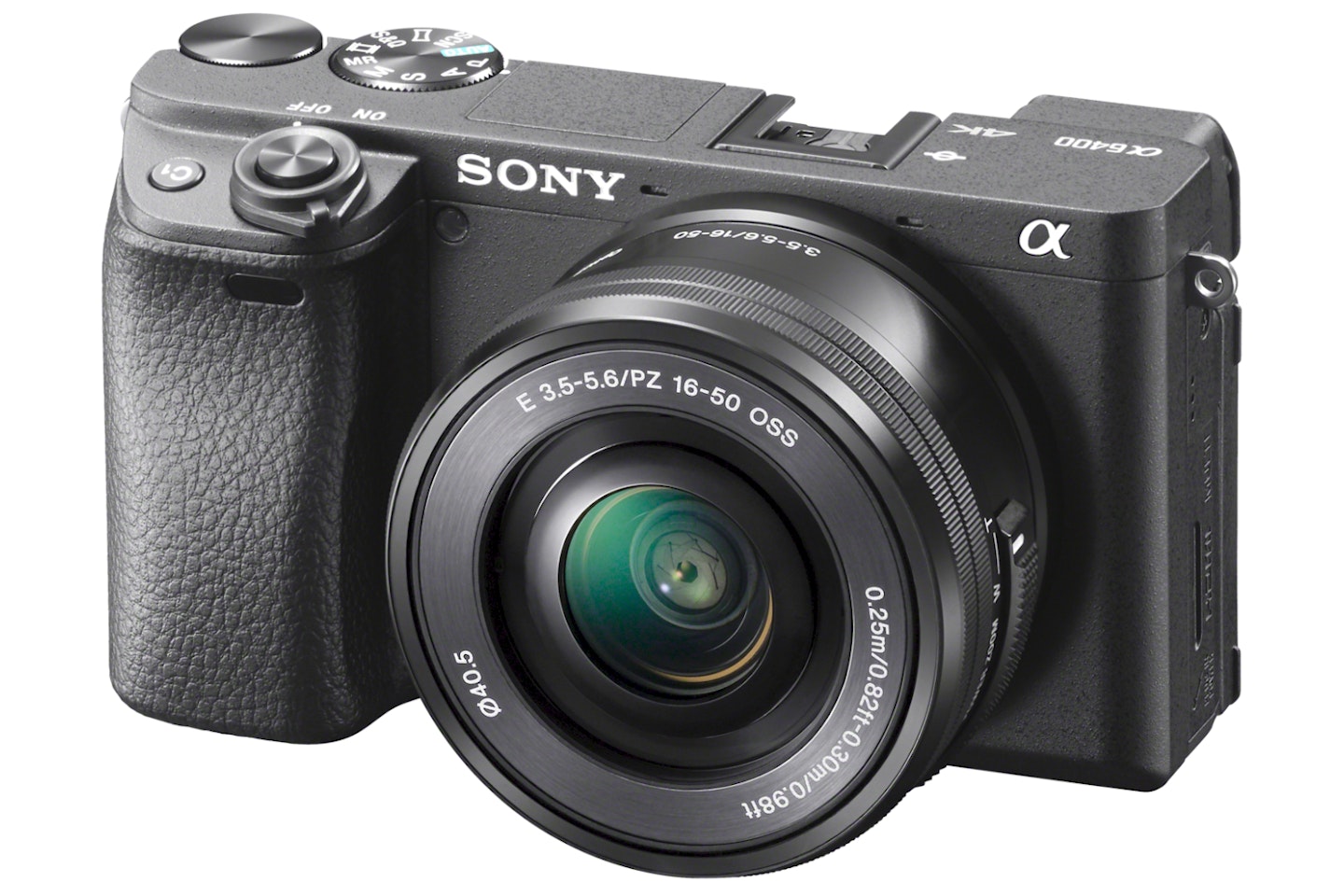 Sony
SonyThe α6100’s big sister. It’s a phenomenal camera which we praised for its flawless image quality and rapid AF. In the current market, the price difference isn’t huge – you’ve got a difficult decision to make!
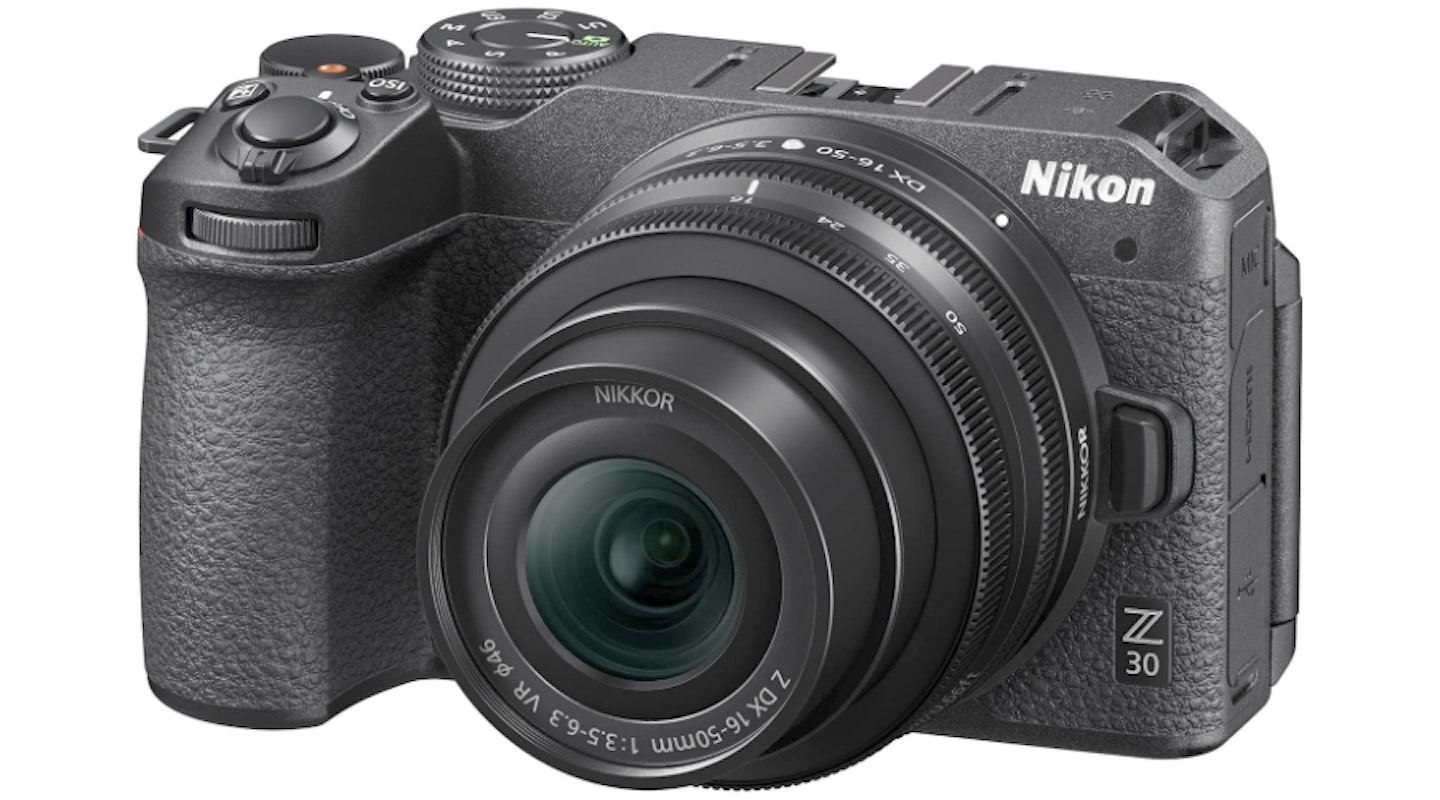 Nikon
NikonNikon’s answer to newcomer photography and vlogging is the Z30. We rated on a similar level to the α6100, so its really going to come down to which brand you like more. We’d recommend looking into the different approaches to colour and lens catalogue to make your decision.
Read our review.
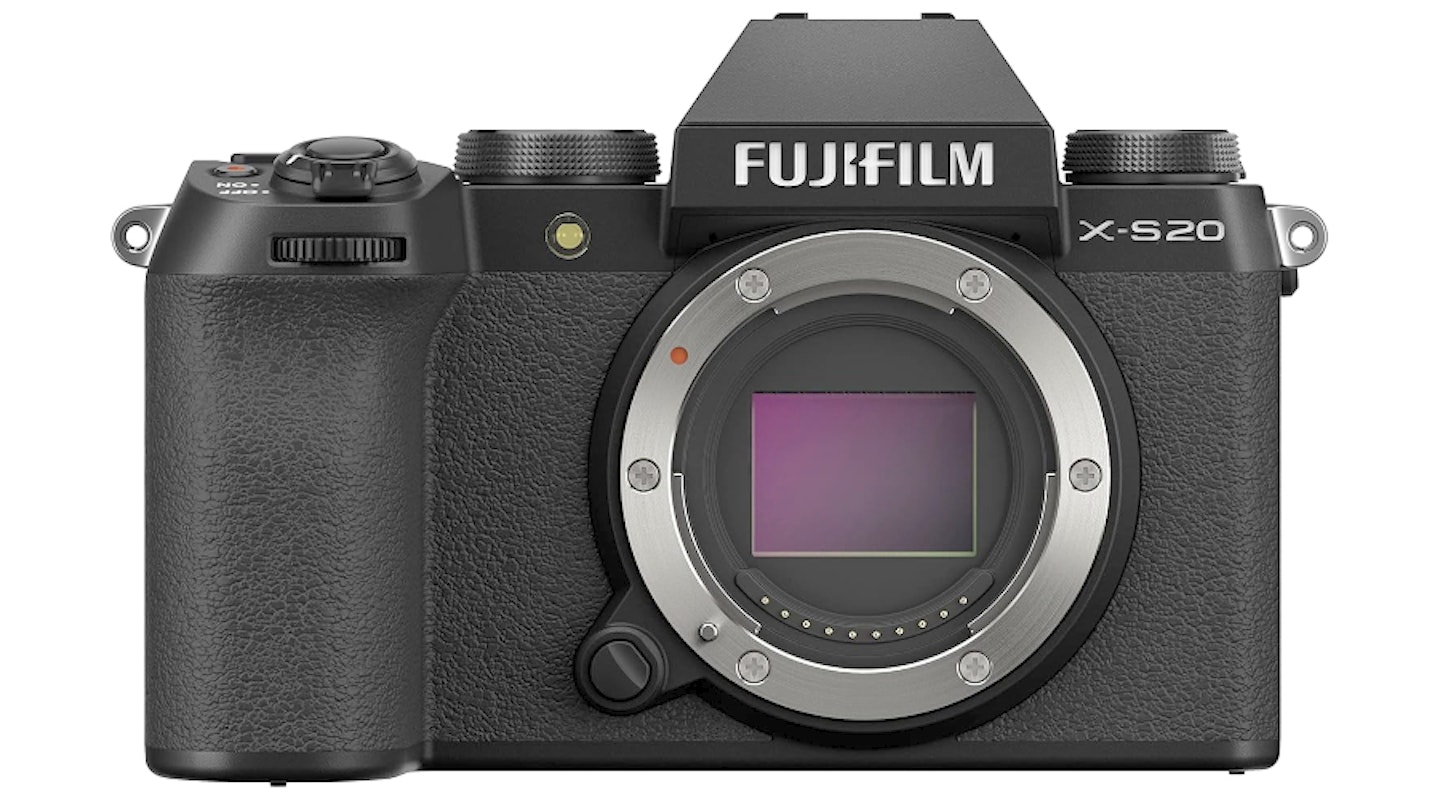 Fujifilm
FujifilmIf the α6100 is a bit light on extra video features, consider the X-S20. The next version of the X-S10 which we reviewed and were very fond of, this camera offers Fuji’s legendary colour profiles and in-body stabilisation. It’s a bit more expensive, though.
Who tested it?
The Sony α6100 was tested for the magazine Practical Photography by Kirk Schwarz. With a passion for capturing moments and exploring the intersection of technology and creativity, Kirk is a seasoned writer boasting over a decade of expertise in photography and laptops. With a keen eye for detail and a profound understanding of the evolving tech landscape, Kirk has become a trusted authority in the field.
Why should you trust us?
At What's The Best, our mission is to provide accurate and reliable reviews, ensuring our readers receive honest and transparent information about the best technology products available. Anything less would undermine our commitment to being a trusted source of unbiased product information.
Our dedicated in-house writing team comprises experts with extensive experience and a genuine passion for technology. Collectively, we have spent decades testing and writing about tech, leveraging our expertise in all our articles, advice pieces and reviews.
We maintain complete editorial independence and do not accept payment for product reviews. Our writers have full control over their content, ensuring that products are selected based solely on the needs of our readers. While we may earn commissions or other compensation from links on our website, this never affects our product choices. These links enable us to continue offering valuable consumer advice, without compromising the integrity of our reviews.
How we test products at What's The Best
Real people, real reviews and trusted buying advice.
Tired of confusing tech reviews? At What's The Best, we cut through the jargon with down-to-earth product evaluations. Our team of experienced reviewers puts everyday gadgets to the test, using them just like you would. We don't waste time on unrealistic scenarios; instead, we focus on real-world performance that matters to consumers.
This means unbiased buying advice you can trust. We only review products that are significant and relevant, so you can be sure you're getting the latest insights. Haven't seen a review for what you're looking for? Don't worry, we're constantly adding new products to our growing catalogue.
For in-depth details on our testing process, visit our dedicated tech and electronics how we test page.
Kirk Schwarz is a tech-addicted photographer with more than a decade's experience. Kirk is very used to putting new gear through extreme field-testing.
